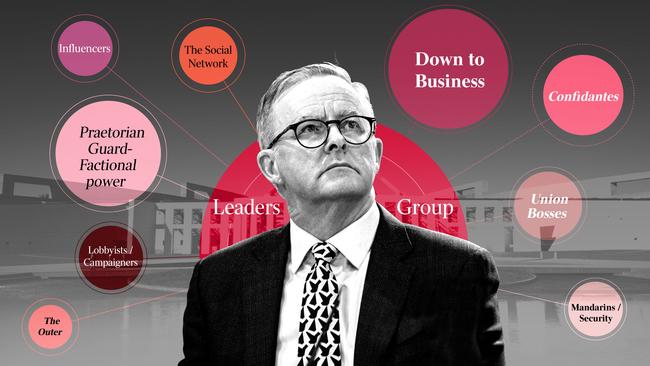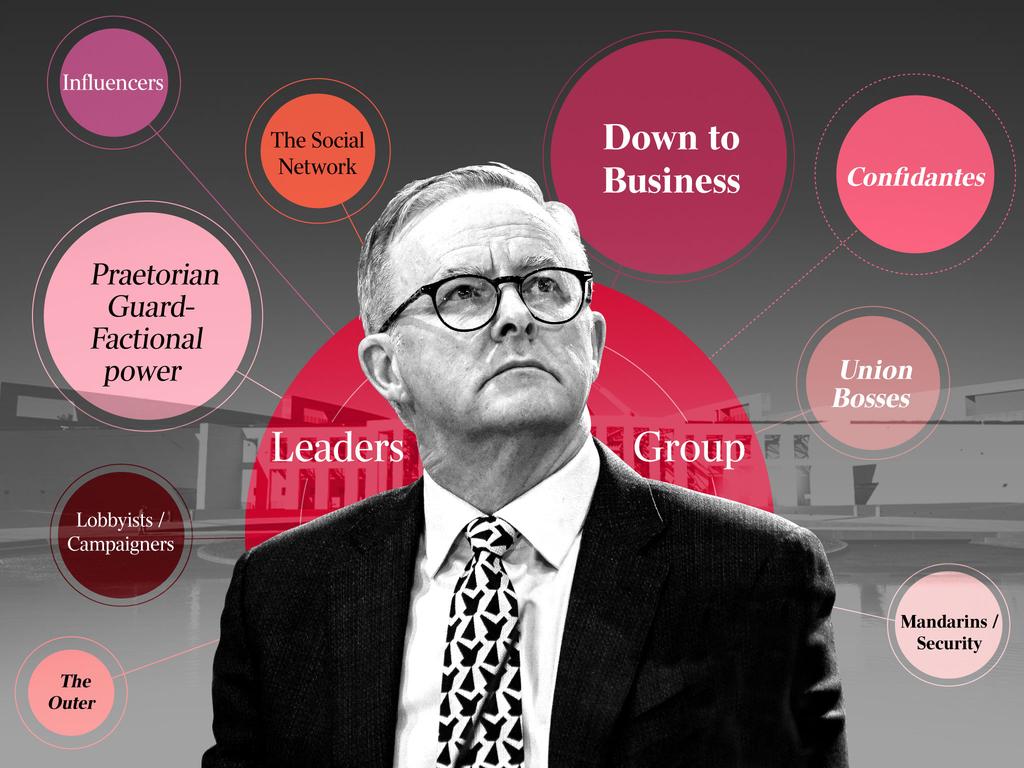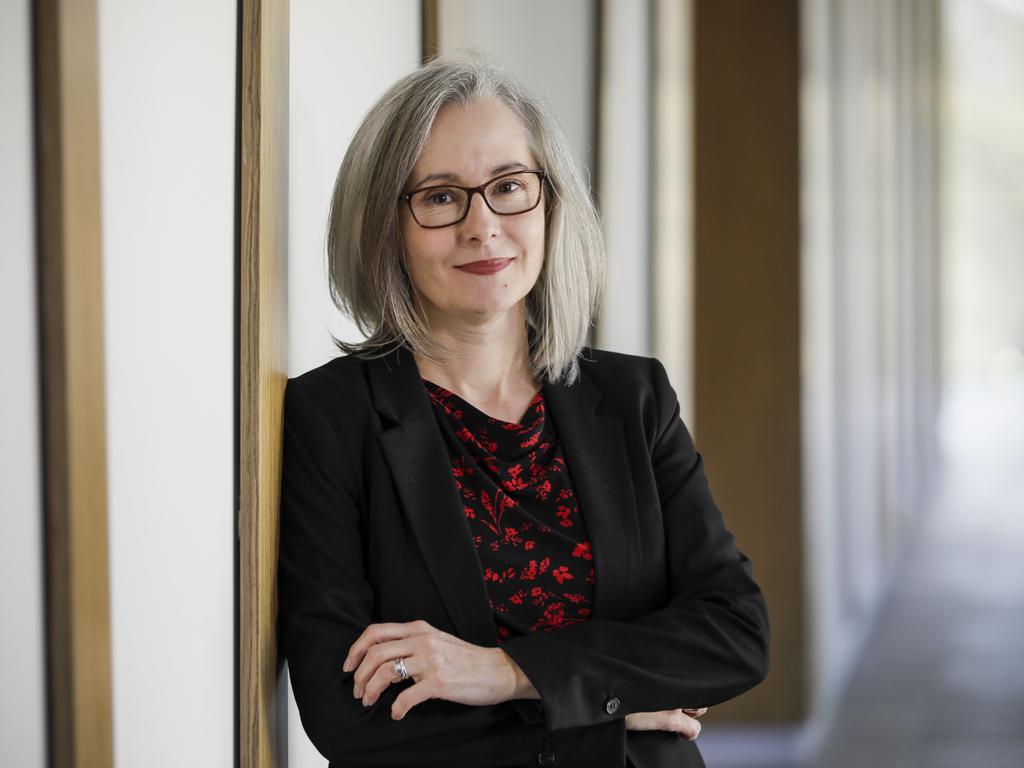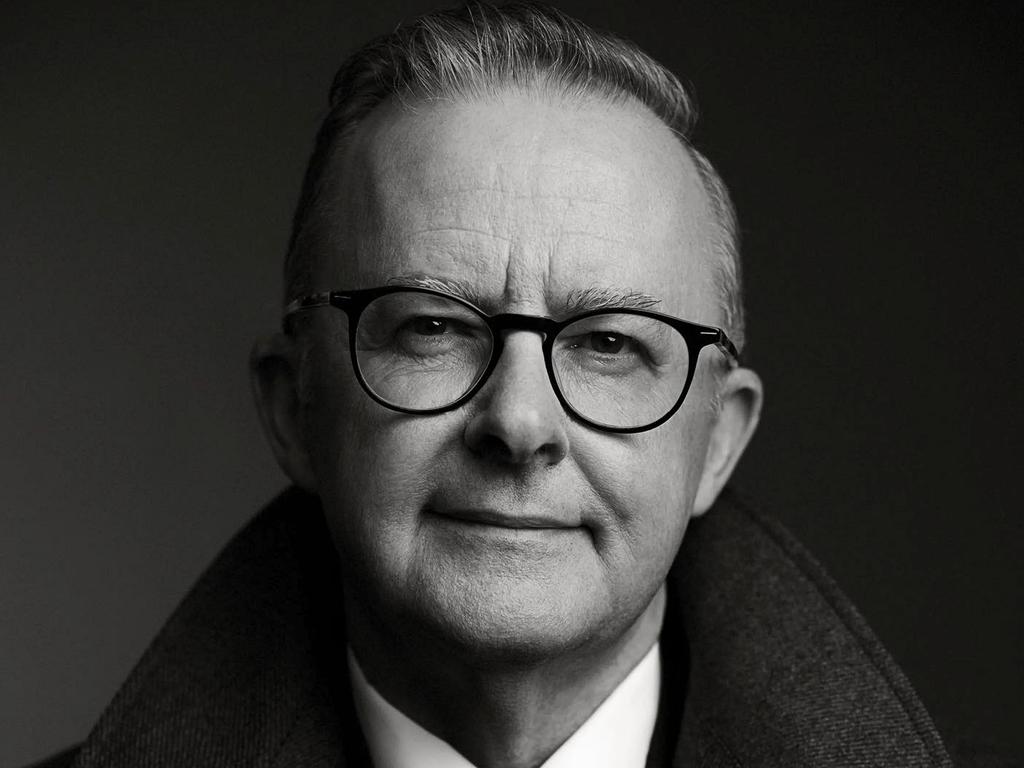Power & the PM: Old mates helping drive Albanese’s ambitious reform agenda
Veteran operatives, with links to Anthony Albanese dating back to the 1980s and 1990s, have effectively become the most powerful political unit in the country.

Anthony Albanese has assembled a team of his oldest and closest friends from university and his early days in politics as he builds a new power clique in Canberra to drive his ambitious climate change, industrial relations, indigenous and economic reforms.
The core group of loyalists – who have known Albanese for more than three decades – are at the heart of the Prime Minister’s inner sanctum, tasked with providing high-level strategic policy advice and political counsel.
The veteran operatives, with links to Albanese dating back to the 1980s and 1990s, have effectively become the most powerful political unit in the country.
Albanese’s chief-of-staff Tim Gartrell, a close friend and confidant who ran his first campaign for Grayndler in 1996, wields enormous power over the government’s political tactics and reform agenda.
The veteran strategist, who led the same-sex marriage Yes campaign and was the architect of Labor’s 2007 and 2022 election victories, has been influential in the government’s referendum push to constitutionally enshrine an indigenous voice to parliament.
Senior advisers Alex Bukarica, Jenny Mason, Alex Sanchez and Mal Larsen have links to Albanese tracing back to his early days in Young Labor and at the University of Sydney, where he graduated with a Bachelor of Economics in 1984.
Sanchez, who joined Albanese’s office in 2019 as economics adviser after a stint with Deloitte, sat in university tutorials with the Prime Minister. Mason and Albanese were on the university student representative council together in 1983.
Larsen, a senior adviser dubbed the “caucus whisperer”, succeeded Albanese as NSW Young Labor president in 1987.
Bukarica, who is godfather to Albanese’s son Nathan, recently joined the Prime Minister’s office from the CFMEU mining and energy division as industrial relations adviser. The pair met on a bus in 1982 as “working-class teenagers from the inner city”.
Writing in the Sydney Morning Herald on May 18, Bukarica said: “Albo was good at building friendships that often turned into alliances. There has always been a quality about him that people trust and in which people are prepared to invest. Many of the friends Albo met during those early days remain close to him today.”
In addition to recruiting lifelong friends and trusted advisers, Albanese has brought back staffers who worked in his office when he was transport and infrastructure minister under Kevin Rudd and Julia Gillard.
Jeff Singleton, a veteran staffer of over 20 years, and former aviation adviser Moksha Watts have been appointed to senior roles in the PMO.
Outside parliament, Albanese draws advice and factional support from former staffers including Inner West council mayor Darcy Byrne and Daniel Barbar.
Speaking at an election campaign press conference in Sydney on May 11, Albanese said the difference between him and Scott Morrison was that “those people who’ve worked with me, the closest for the longest, are my closest friends and strongest supporters”.
Beyond government, Albanese has an eclectic group of friends and staffers who make up what could be described as his social network.
“By nature, he is gregarious. He casts his net wide,” said a friend of Albanese.
Childhood friends Clayton Gunning, a West Australian wharfie, and Sherie and Scott Dewstow remain close mates with Albanese outside political circles. The trio surprised Albanese in Canberra during the first parliamentary sitting week following the election.
Inside the Labor caucus and leaders’ group, Albanese counts senior colleagues and Left-faction allies as friends and confidants. These include Mark Butler, who ran his 2013 leadership campaign against Bill Shorten, Penny Wong, Katy Gallagher, Jenny McAllister, Tim Ayres, Tony Burke, Andrew Giles, Linda Burney and Pat Conroy.
ALP national secretary Paul Erickson and Gartrell attend Albanese’s leaders’ group, which meets every Sunday – or Monday – at The Lodge before a parliamentary sitting week for high-level discussions around tactics and other issues.
After masterminding Labor’s campaign victory, the Left-faction aligned Erickson wields enormous power inside the ALP.
Deputy Prime Minister Richard Marles and Trade Minister Don Farrell are also close to Albanese and “keep things under control in the Right”.
Despite historic links with the Australian Manufacturing Workers Union, Albanese has never had a traditional union power base behind him. Across the trade union movement, he is closest to CFMEU mining and energy division president Tony Maher.
Albanese seeks external advice from Industry Super Australia chair Greg Combet, a former Labor cabinet minister and ACTU secretary, and NEC Australia chief executive Mike Mrdak.
Combet is an important figure for the government, which is leaning heavily on the cashed-up super industry to co-fund nation building projects.
Mrdak, who is leading the government’s review of Infrastructure Australia, was Albanese’s department chief during the Rudd-Gillard years.
In his shake-up of Australian Public Service senior ranks, Albanese tapped professor Glyn Davis, who worked under Queensland Labor premiers Wayne Goss and Peter Beattie, to run his Department of Prime Minister and Cabinet.
Others with links to Labor were handed key roles including climate change, energy, environment and water department secretary David Fredericks who previously worked as chief-of-staff and deputy chief-of-staff in the offices of Wong, Rudd and Kim Beazley.




To join the conversation, please log in. Don't have an account? Register
Join the conversation, you are commenting as Logout